Blood Pulse Flow In Aneurysm CFD Simulation, ANSYS Fluent Training
Blood Pulse Flow In Aneurysm CFD Simulation, ANSYS Fluent Training
- Upon ordering this product, you will be provided with a geometry file, a mesh file, and an in-depth Training Video that offers a step-by-step training on the simulation process.
- For any more inquiries regarding the product, please do not hesitate to reach out to us at info@CFDLAND.com or through our online support assistant.
€260.00 Original price was: €260.00.€135.00Current price is: €135.00.
Blood pulse flow in aneurysms is one of the most important areas of study in cardiovascular medicine because it helps doctors save lives! An aneurysm happens when a weak spot in a blood vessel balloons out and fills with blood, creating a dangerous bulge that could burst. First of all, when your heart pumps, it creates a pulsatile flow that pushes blood through your arteries in waves, not in a steady stream. Additionally, when this pulsing blood reaches an aneurysm, it creates strange swirling patterns called vortices that don’t happen in healthy blood vessels. Moreover, these unusual flow patterns put extra stress on the already weak artery wall, making the aneurysm more likely to grow bigger or even rupture. Furthermore, advanced CFD simulation helps doctors see exactly how blood moves inside specific aneurysms without needing to perform risky procedures on patients. The complex hemodynamics (that’s how scientists describe blood movement) inside these bulges can lead to thrombus formation (blood clots) that might break loose and cause strokes. Most importantly, understanding blood pulse flow helps medical teams decide which aneurysms need immediate treatment and which can be safely monitored, potentially saving patients from unnecessary surgeries while protecting them from life-threatening aneurysm rupture events that cause bleeding in the brain or other parts of the body. The reference paper entitled “ Hemodynamic Changes Quantified in Abdominal Aortic Aneurysms with Increasing Exercise Intensity Using MR Exercise Imaging and Image-Based Computational Fluid Dynamics” led the current CFD study.
- Reference [1]: Suh, Ga-Young, et al. “Hemodynamic changes quantified in abdominal aortic aneurysms with increasing exercise intensity using MR exercise imaging and image-based computational fluid dynamics.” Annals of biomedical engineering39 (2011): 2186-2202.
Figure 1: Schematic of Aneurysm geometry model from reference paper [1]
Simulation Process
The geometry model is constructed based on MRA images, shown in Figure 2. Fluent Meshing is the powerful tool for producing a meticulous grid regarding fewer cells while keeping quality high. 646747 polyhedra cells are the result. Although the blood regime remains laminar through the veins and Aneurysm, it benefits from a pulsing flow. Thus, a User-defined Function (UDF) is written particularly for the project to apply pulse flow inside the Aneurysm.
Figure 2: The constructed Aneurysm geometry model
Post-processing
The blood flow picture shows us exactly how your blood moves through an aneurysm! When blood squeezes through normal parts of your artery, it speeds up to almost 4.0 meters per second. We successfully mapped the complete velocity distribution throughout this tricky path with its bulging sections. The blood pulse creates this amazing pattern where blood rushes fastest through the middle of the vessel while moving much slower near the walls. Also, notice how the flow speeds up when going through narrow spots between the aneurysm sacs! Furthermore, these speed differences create pushing and pulling forces on your artery walls. The blood slows down considerably when it enters the wider aneurysm sections, creating swirling motions that can make the problem worse over time. This is exactly how blood circulation works differently in people with aneurysms compared to healthy arteries!
Figure 3: Velocity distribution in aneurysm model
The wall shear stress picture (shown as skin friction) tells us where the aneurysm might grow bigger or even burst! Most of the artery surface experiences very gentle friction (below 0.1), but certain danger spots show values up to 0.54 – that’s over 5 times higher! Our analysis precisely identified these high-risk areas at the neck regions connecting the aneurysm sac to the main vessel. Additionally, inside the aneurysm bulges themselves, the friction drops very low which seems good but actually isn’t! These areas with almost zero wall shear create perfect spots for blood clots to form. Most importantly, this uneven stress pattern – with some spots getting too much force and others too little – is exactly what makes aneurysms grow bigger over time. Doctors can use this information to decide which patients need treatment sooner rather than later based on their personal blood flow patterns and risk areas!
Figure 4: Skin friction coefficient map showing wall shear stress distribution
We pride ourselves on presenting unique products at CFDLAND. We stand out for our scientific rigor and validity. Our products are not based on guesswork or theoretical assumptions like many others. Instead, most of our products are validated using experimental or numerical data from valued scientific journals. Even if direct validation isn’t possible, we build our models and assumptions on the latest research, typically using reference articles to approximate reality.
Yes, we’ll be here . If you have trouble loading files, having technical problems, or have any questions about how to use our products, our technical support team is here to help.
You can load geometry and mesh files, as well as case and data files, using any version of ANSYS Fluent.
€150.00 Original price was: €150.00.€125.00Current price is: €125.00.

€140.00 Original price was: €140.00.€125.00Current price is: €125.00.

€155.00 Original price was: €155.00.€135.00Current price is: €135.00.

€185.00 Original price was: €185.00.€145.00Current price is: €145.00.

€205.00 Original price was: €205.00.€155.00Current price is: €155.00.




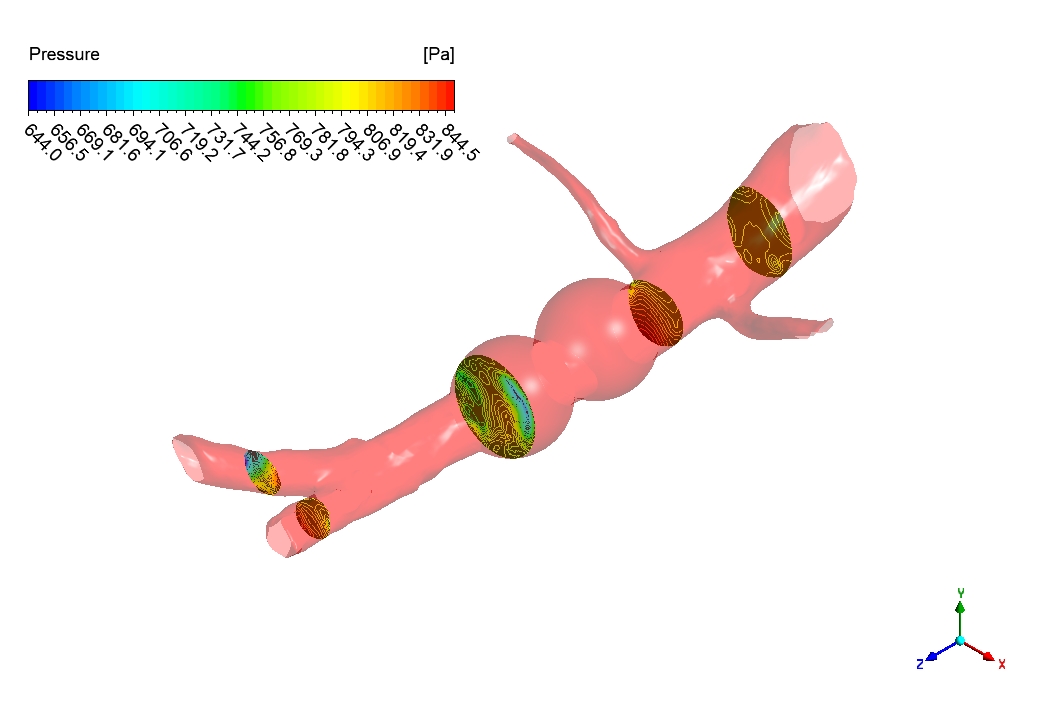
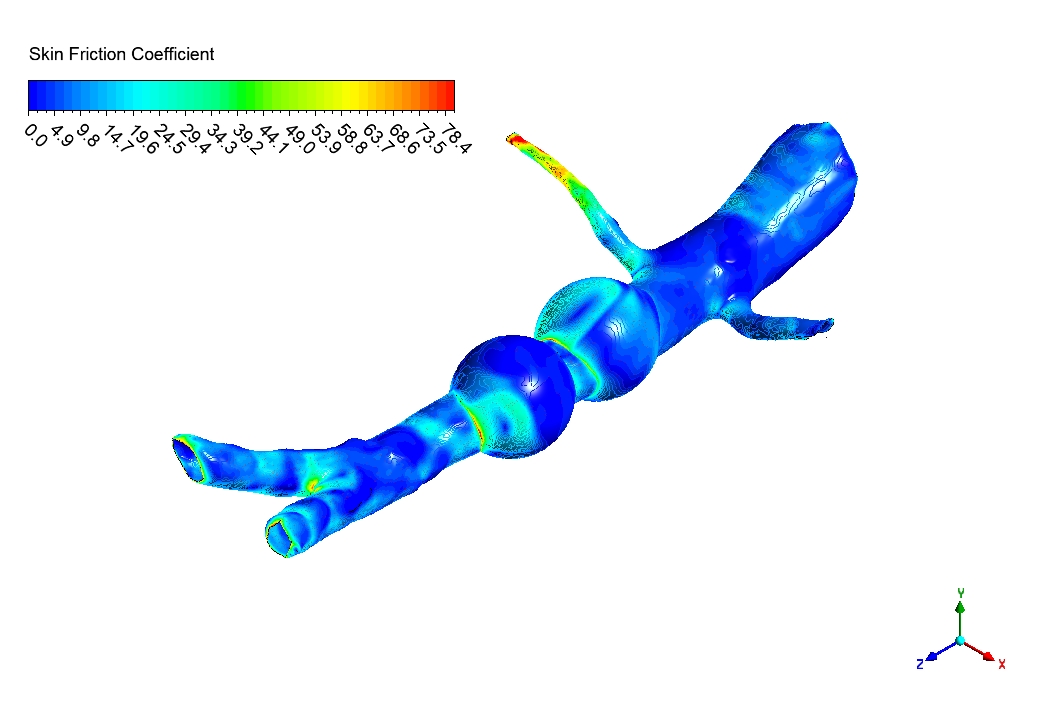
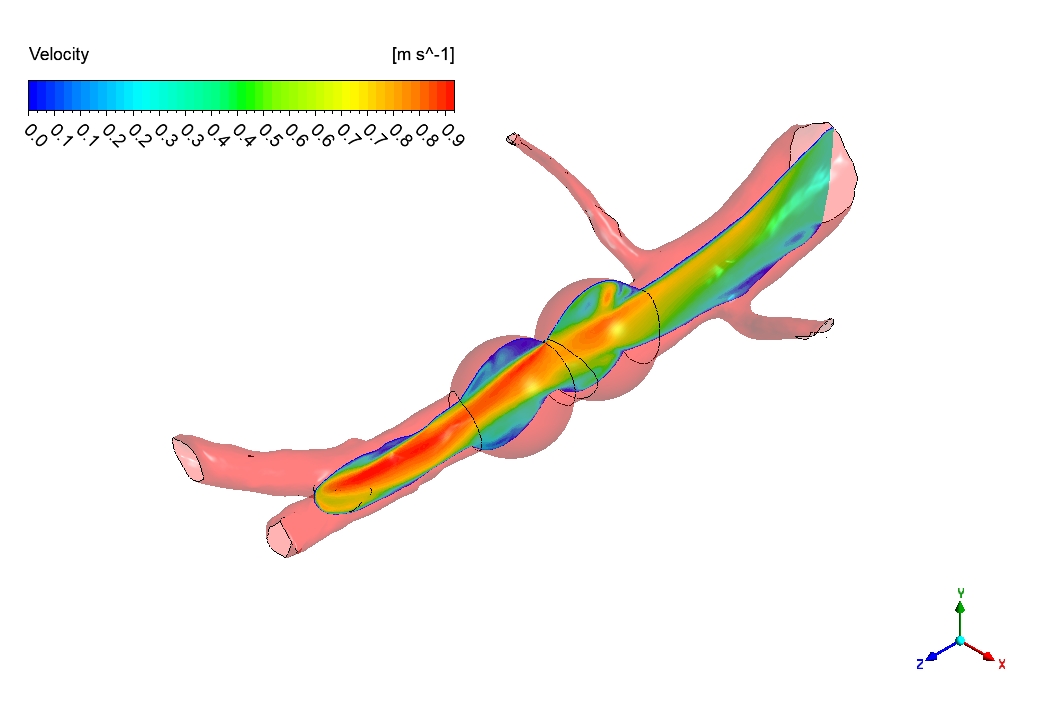
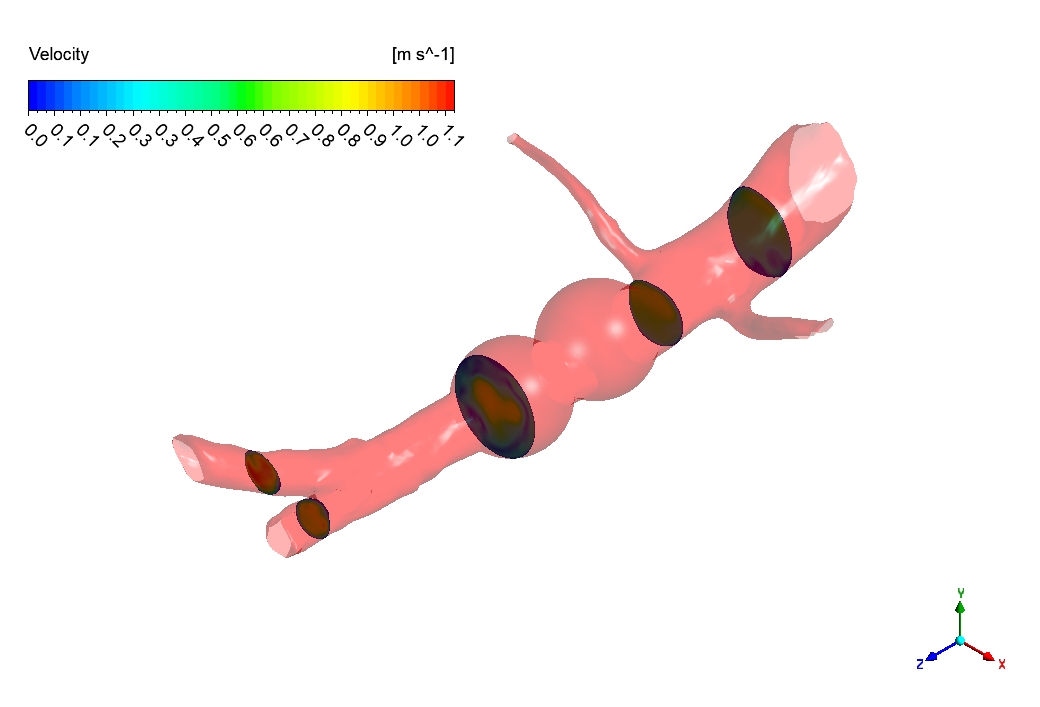
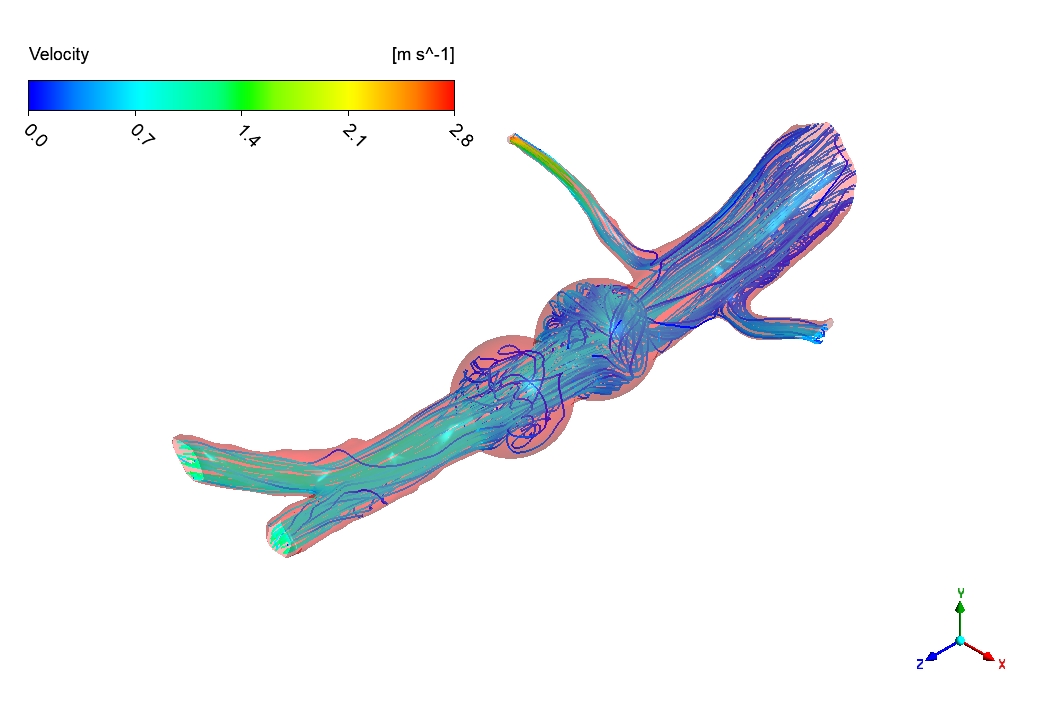
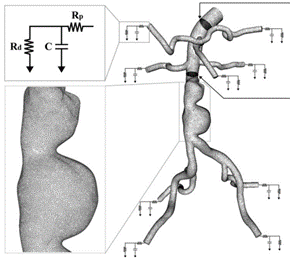
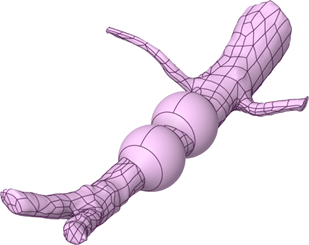
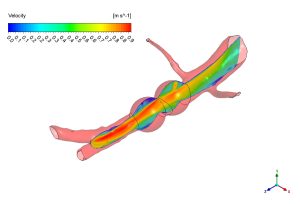
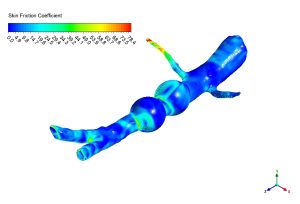





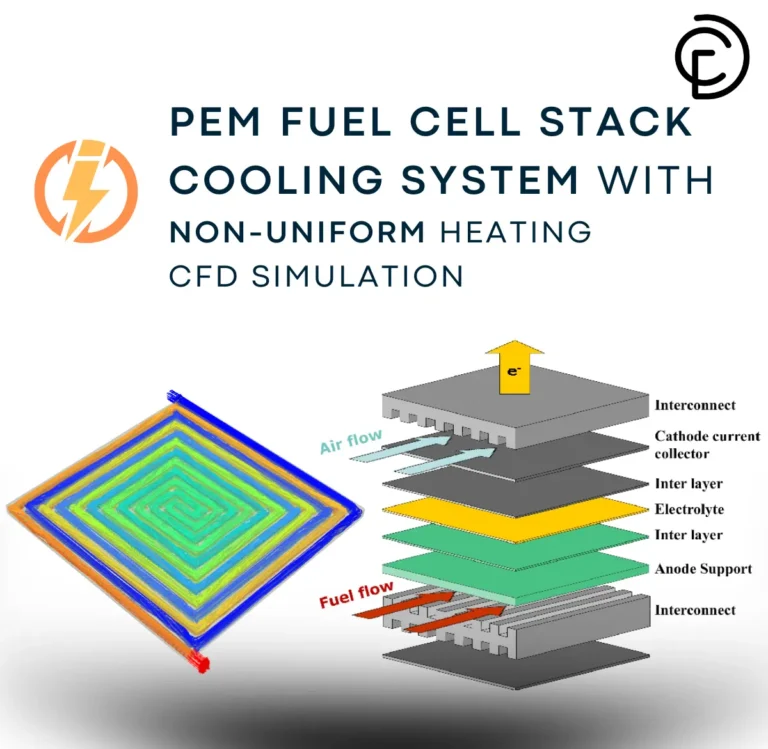

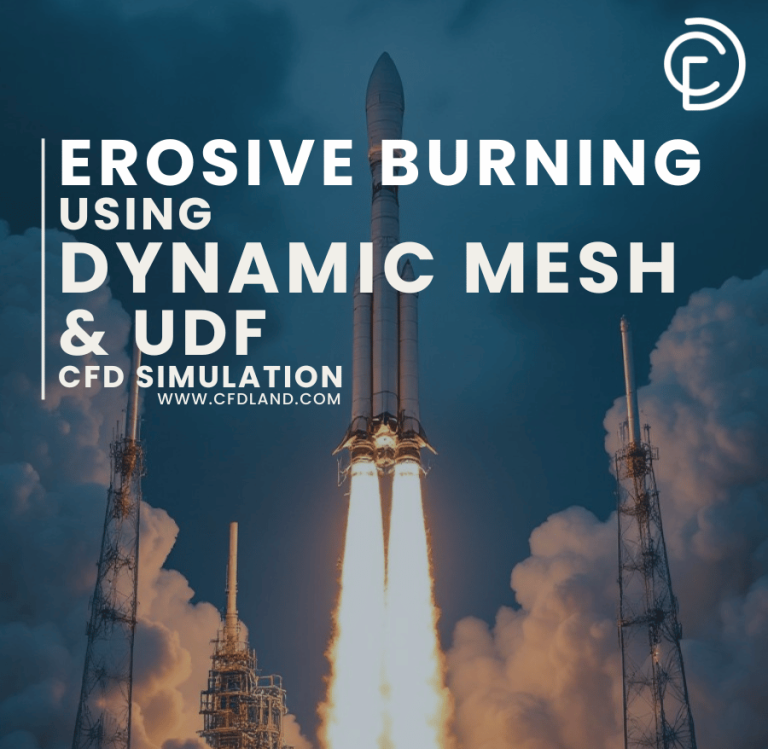
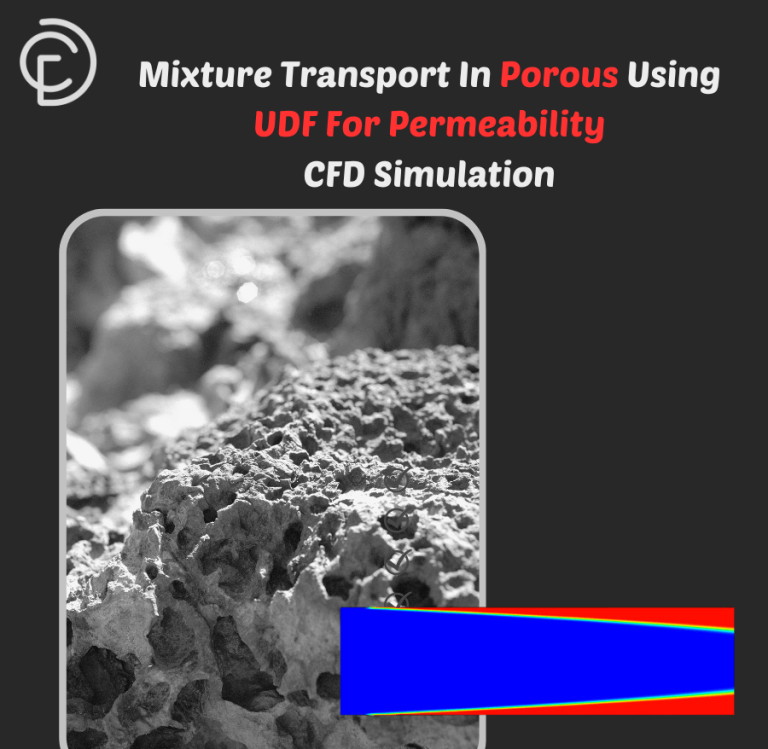
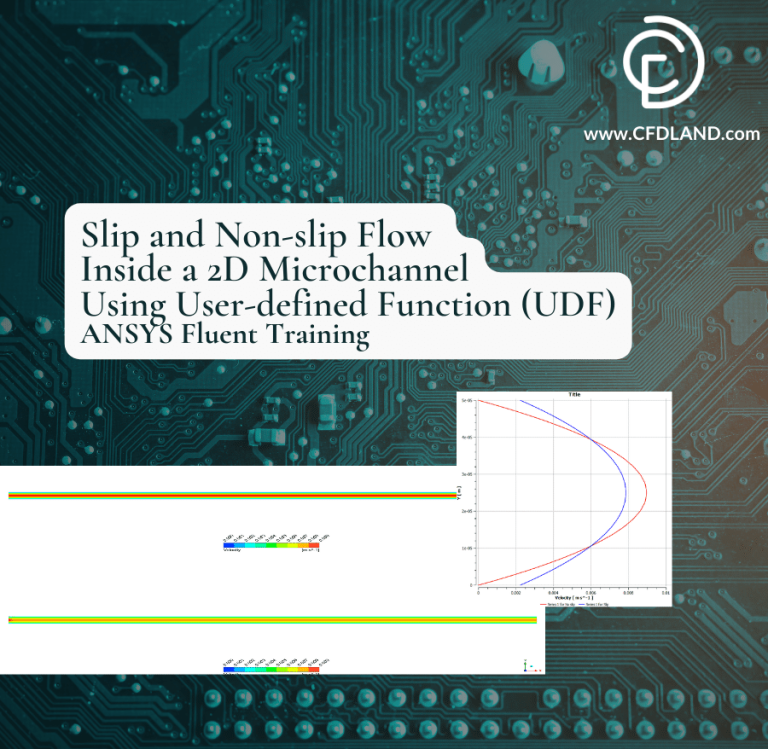
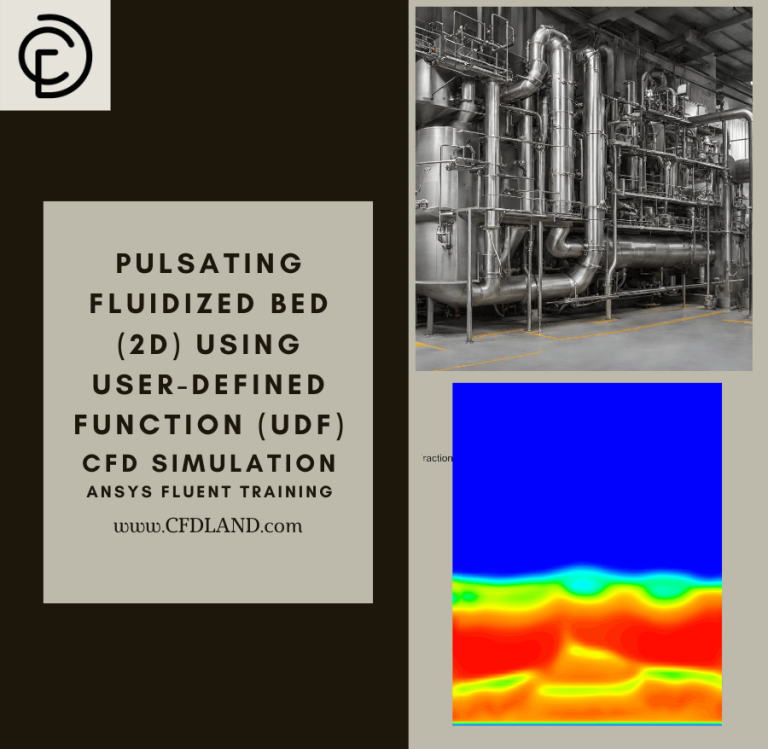
Reviews
There are no reviews yet.